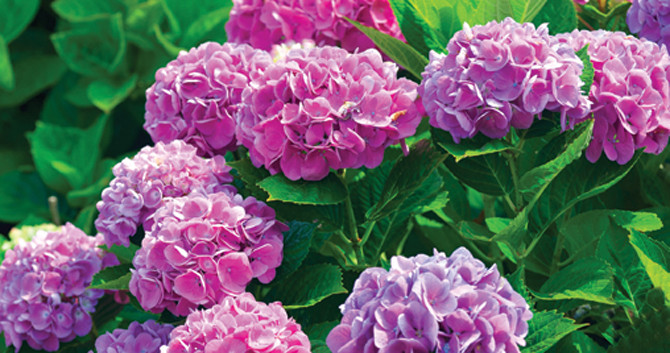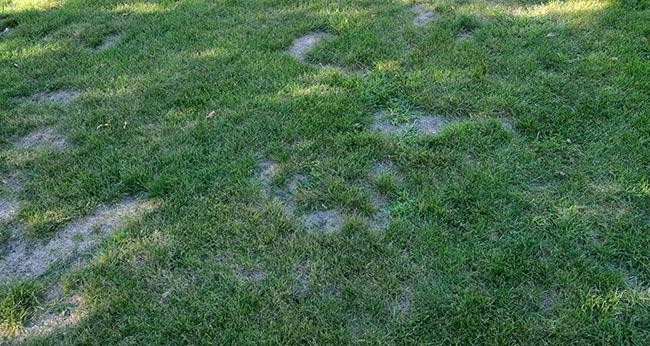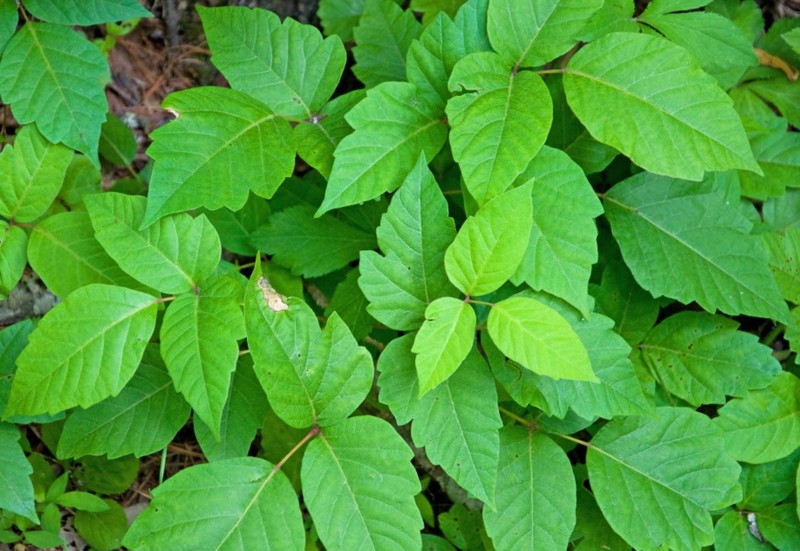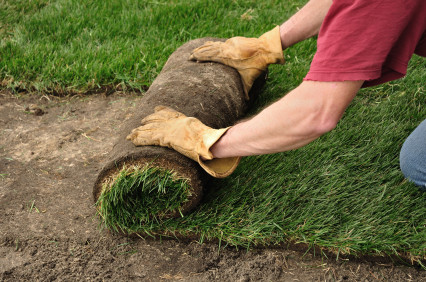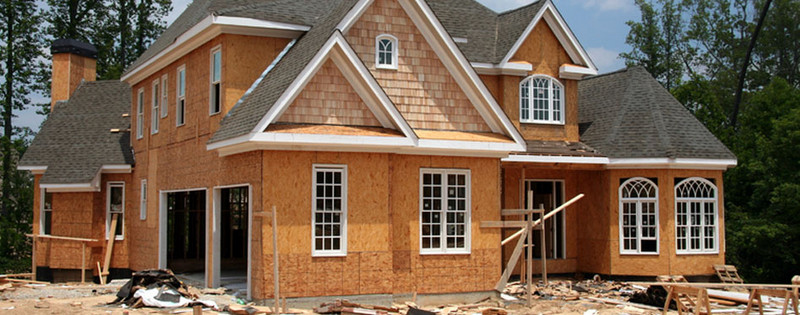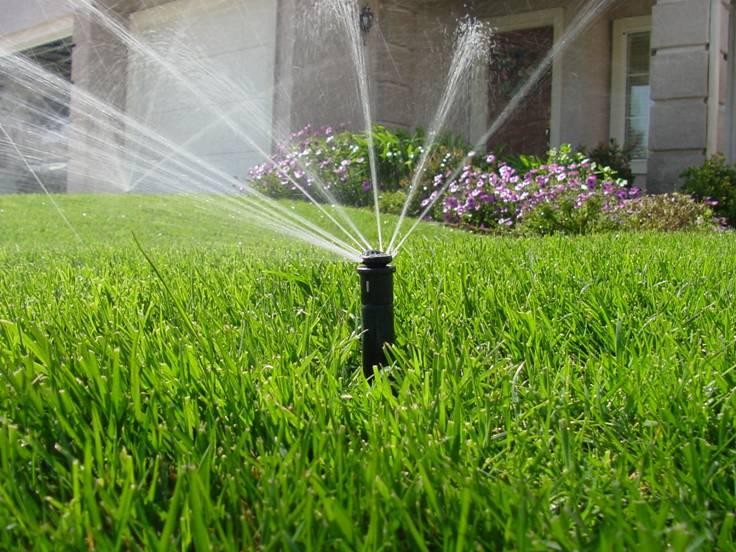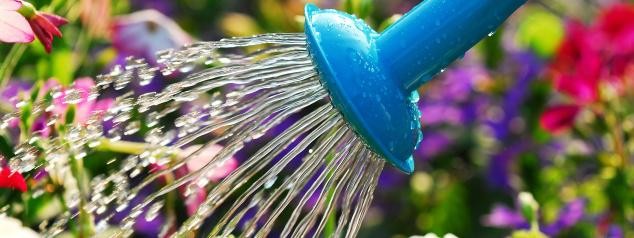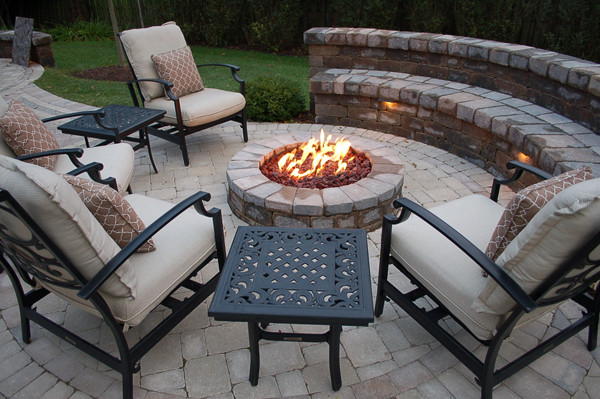 Buffalo & WNY Lawn & Landscape Blog
Buffalo & WNY Lawn & Landscape Blog
Snow Mold in Your Lawn. How to Identify It and Correct It.

Now that the snow is starting to melt here in WNY, we all have a peace of mind knowing that spring has arrived in Buffalo! Unfortunately, we have had such a harsh winter that you may be seeing some lawn and landscape damage throughout your property, one of them being Snow Mold.
What is Snow Mold?
Snow mold is a fungal disease that appears in the early spring as the snow melts.
It is often the first disease of the year and may cause your lawn to have an unsightly appearance, especially after the snow melts. Snow Mold can even develop without snow cover. If it is cool, rainy, and overcast, then the disease can become active and affect the lawn.
What to Look For
Snow mold comes in two different forms– a pink form (also known as Fusarium patch) and a whitish-gray form (also known as Typhula blight) Pink Snow Mold is the worse of the two for your lawn, causing more destruction than White Snow Mold, which only affects the leaves of plants.
Both types of snow mold resemble circular patches of cobweb covering the grass. Pink Snow Mold is recognizable by its salmon pink color, while White Snow Mold looks more like regular cobwebs with the addition of tiny black blots that appear on the blades of grass. The two types of snow mold will often grow together.
Causes of Snow Mold
Snow mold can form on your lawn due to a variety of factors. If snow falls before the ground and grass underneath are completely frozen, the trapped moisture and relative warmth underneath create the perfect environment for snow mold to thrive in. Long grass, unraked leaves and late fall fertilization of the soil can also contribute to trapping moisture and warmth under snow, having the same effect.
How is snow mold prevented?
To minimize the risk of snow mold occurring on the lawn it is important to prepare your lawn for winter properly.
- Avoid excessive nitrogen fertilizers in the fall.
- Mow the lawn until it stops growing.
- Clean up leaves in the fall.
- Manage thatch to avoid accumulations of more than 2″
How do I repair snow mold damage?
Although it can look really nasty in the early spring, most snow mold damage will recover in time. Once the area has dried, the infection will cease and the turf will grow out and renew itself.
To speed up the process, the infected area can be lightly raked to encourage drying as well as applying a fertilizer application. Some overseeding may be necessary and if the damage is extremely severe, topdressing can be applied and areas can be repaired like a bare patch.
This lawncare tip was brought to you by Dreamscapes Landscaping.
For an estimate for lawncare or landscape, please contact us, request a quote, or call 716-683-2408.



